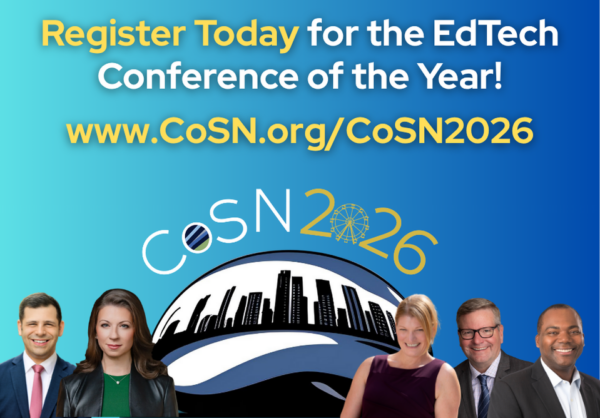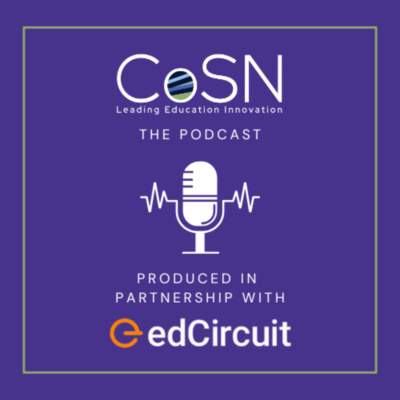Table of Contents
How do you make EdTech integrations as successful as possible?
In an effort to maintain educational progress for students during remote learning, schools and districts exponentially amplified their investment in education technology, and program success is dependent on how successful EdTech integrations are. EdTech is a large umbrella that includes devices for 1:1 programs, digital curriculum, video conferencing and collaboration apps, and even some social-emotional learning (SEL) programs. The key is people make successful EdTech integrations possible.
Data Behind Successful EdTech Integrations
While these purchases were well-intentioned, the 2022 National Assessment of Educational Progress (NAEP) scores and results from state testing shows that millions of students have significant gaps in their learning or unfinished learning.
Schools across the U.S., including Garland Independent School District in Texas and Cincinnati Public Schools in Ohio, are posting requests for proposals seeking professional services designed to help schools effectively integrate the educational technology that they have already purchased.
As an educator who has focused on the successful integration of technology for over fifteen years, I know that it can be frustrating to see precious resources invested in what amounts to an EdTech du jour project.
Many of these projects fail to positively impact student outcomes and, even worse, may deteriorate trust with staff and add to the frustration. This does not have to be the case. This three-part series will focus on insights and advice for EdTech integrations.
Six Common Hurdles to EdTech Integration
While there are dozens of hurdles to successful EdTech integrations, the six most common include resources, institutional barriers, specific subject matter, attitudes and beliefs of stakeholders, knowledge and skill level of end-users, and assessment.
Resources For EdTech Integration
Resources not only include big-ticket items like time and money but also include readily available and accessible technical support. Support and coaching should be available when teachers need it. This often means having support available outside of traditional school hours. In this case, accessibility must be broadly interpreted to ensure that all stakeholders have support services that are aligned with their level of expertise.
Institutional Barriers to Success
Institutional barriers include leadership, planning, and time. Successful EdTech integrations allow various voices to be included in the planning and adoption process. They are supported and championed by people-centric leaders that encourage and herald the integration while helping the team see the value of the initiative. Adding EdTech onto an already full schedule is a recipe for failure. Instead, successful integrations embed time for learning, implementation, and assessment.
Subject Matter Specificity
Educators teach a variety of diverse subjects. For example, Lincoln High School in Portland offers more than 175 courses for high school students. EdTech integrations need to consider the subject matter that students are learning. While learning management systems (LMS) can increase accessibility in all subjects, there will be significant variation between an English course, an advanced science lab course, and a culinary arts course. The EdTech needs to be robust enough to support this variation. In some cases, specific resources are needed for specific courses.
Beliefs of EdTech Integration Stakeholders
Overlooking the attitudes, values, and needs of the people who are expected to interact with and utilize technology daily is a critical mistake. The essential concept to understand is that EdTech integrations that put people – staff, students, and parents – at the center of the integration process are the ones that will succeed. Teachers are more essential than technology when it comes to student learning. It is essential that teachers see how EdTech will amplify their abilities and effectiveness to get support for successful implementations.
Knowledge and Skill of Users
Educators have unique backgrounds and experiences that form the foundation of their knowledge and skill levels related to EdTech. As schools push for more learner-centric models of education, leaders must remember to put teachers at the center of the learning model regarding new EdTech.
The next article in this series will discuss ideal practices for professional development to support EdTech integrations. Successful professional development understands the attitudes and beliefs of stakeholders and adjusts for the knowledge and skill level of end-users.
Assessment’s Effect on EdTech Integrations
While it is last on this list of barriers, assessment is essential to any EdTech integration. Assessment is not an event but a cycle that requires all stakeholders to be aligned on outcomes, adjustments, and weight. Assessment should include formative and summative evaluations. The final article in this series will focus on assessment models that support successful EdTech integrations.
Create an Environment For Effective EdTech Integrations
Setting up the right conditions for EdTech integrations is not impossible. Knowing and adjusting for barriers is just step one. After that, it is up to the entire school team to set up the right conditions to enable success.
There has to be a clear vision for the technology. Layering EdTech without vision and buy-in is rarely going to be helpful. Designing the vision with formal and informal leaders is a key step to building support for the integration. This vision leads to a shared language for success.
The vision and language set the parameters for aligning curriculum, instruction, and technology. All of these steps should ideally happen before the integration; however, that is not always the case. Regardless of where a school is in their EdTech integration journey, professional development and assessment are steps that can be implemented and enhanced. Professional development and assessment will be explored in depth in the next two articles in this series.





